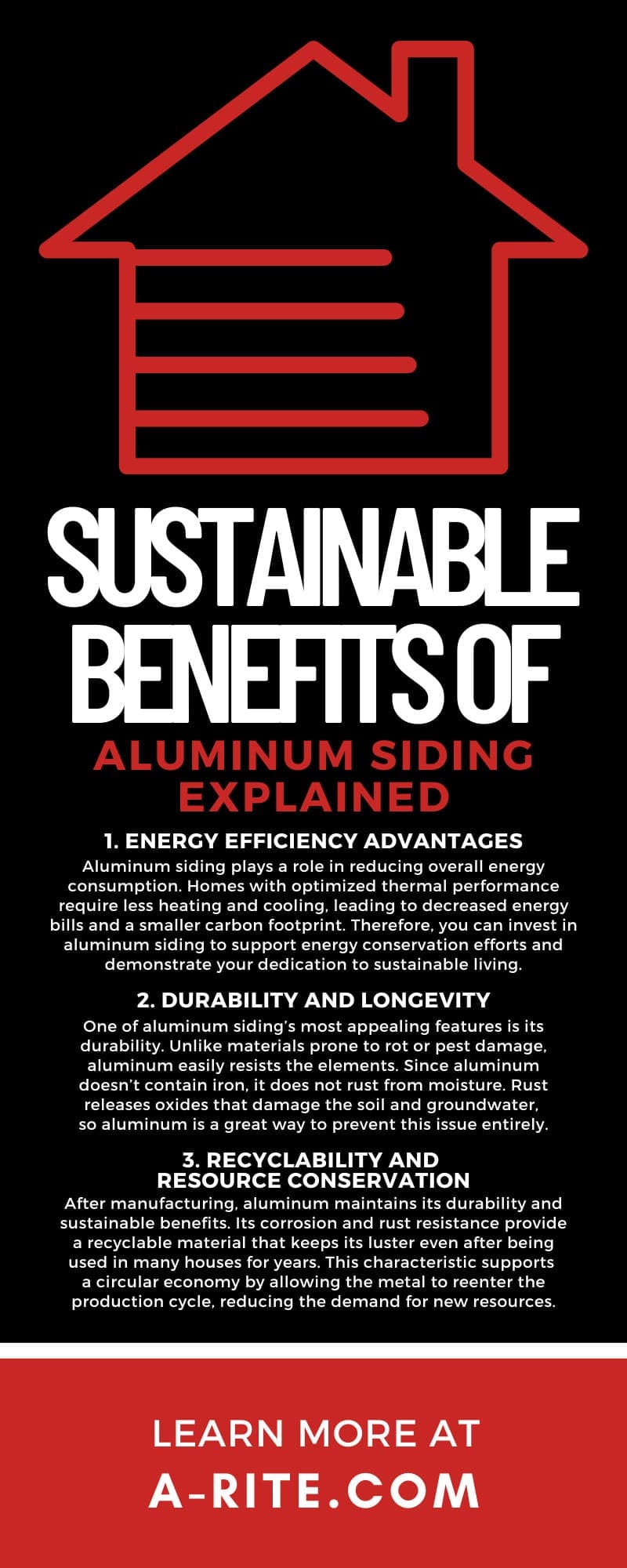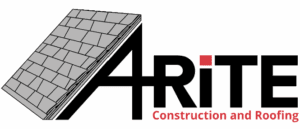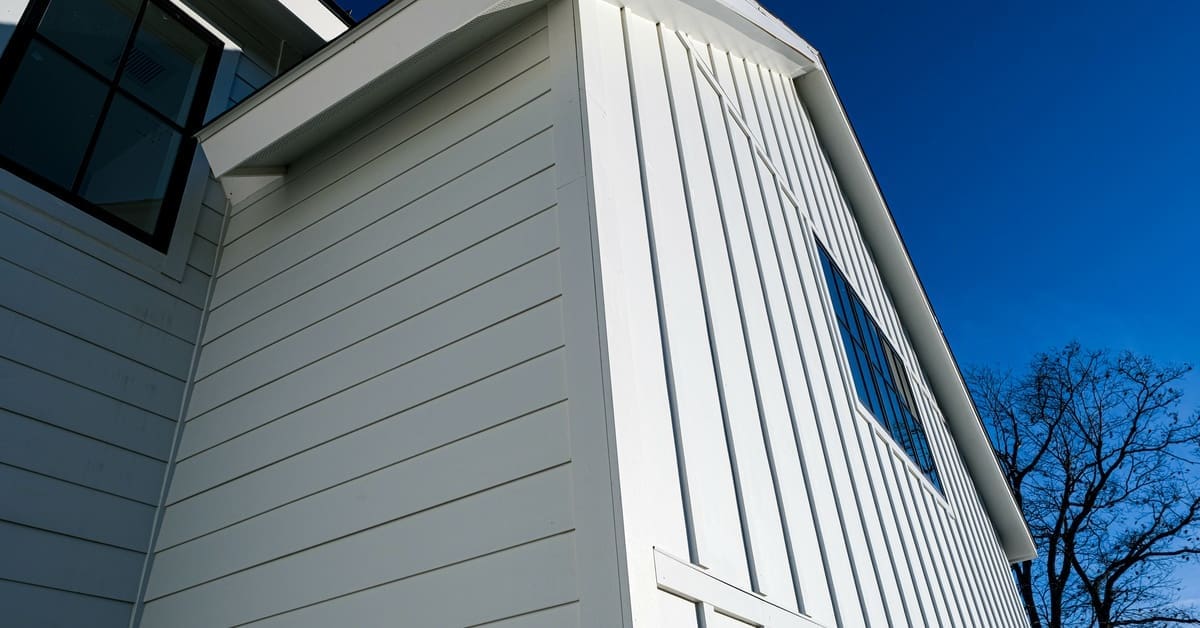In the quest for eco-friendly building materials, aluminum siding is a standout choice. This metal is a popular exterior cladding option that aligns with the growing demand for sustainability in home construction. Explore the sustainable benefits of aluminum siding with insights into its environmental impact, energy efficiency, and more.
Understanding Sustainable Siding
Traditional siding materials like cement and stone contribute to pollution and resource depletion. Sustainable alternatives aim to rectify this by offering long-lasting solutions that align with environmentally conscious practices.
Sustainable siding is dependent on its materials and minimal environmental impact. The siding must prioritize renewable resources, recyclability, and low energy consumption during production.
How Aluminum Fits the Bill for Sustainability
There are many types of metals used in the construction of your home. Metal siding is often considered one of the most sustainable materials due to its durability and reusability. Metals like aluminum, steel, and copper are durable, ensuring they don’t break down after years of exposure to moisture and harsh weather.
Given their lasting durability, these materials have great reusability. Reusing metal siding prevents them from entering landfills and polluting the planet.
Therefore, metal siding, such as aluminum, is a material that comes with numerous benefits for a reliable and environmentally friendly home. Aluminum is a valuable material due to its lightweight, durable qualities, making it easy to install and maintain. To make this siding, manufacturers roll aluminum sheets into desired shapes and coat them for added protection.
The coating allows you to customize the siding, revealing its potential for an aesthetically pleasing material for your home. If you’re interested in this siding option, read on to dive into its sustainable benefits.
1. Energy Efficiency Advantages
Aluminum siding’s reflective properties help maintain a comfortable indoor temperature by deflecting sunlight, reducing the need for air conditioning during hot months. In Wisconsin winters, aluminum siding is an effective barrier against harsh winds, contributing to better insulation and energy savings.
Beyond insulation, aluminum siding plays a role in reducing overall energy consumption. Homes with optimized thermal performance require less heating and cooling, leading to decreased energy bills and a smaller carbon footprint. Therefore, you can invest in aluminum siding to support energy conservation efforts and demonstrate your dedication to sustainable living.
Cost-Effectiveness in the Long Run
The metal’s energy-efficient properties ensure you use less energy to maintain a comfortable indoor temperature, contributing to reduced utility bills. As a bonus, aluminum’s durability reduces the need for frequent replacements, also lowering maintenance expenses.
2. Durability and Longevity
One of aluminum siding’s most appealing features is its durability. Unlike materials prone to rot or pest damage, aluminum easily resists the elements. Since aluminum doesn’t contain iron, it does not rust from moisture. Rust releases oxides that damage the soil and groundwater, so aluminum is a great way to prevent this issue entirely.
Furthermore, this metal siding lasts for years, ensuring fewer replacements. This translates to less landfill waste and a reduced need for new resource mining to make replacement siding. Rest assured that your investment will endure the test of time to keep your home and its environment in better shape.
3. Recyclability and Resource Conservation
Aluminum siding sets itself apart with exceptional recyclability. Unlike some materials that lose quality when recycled, aluminum can be reused dozens of times without compromising its structural integrity.
After manufacturing, aluminum maintains its durability and sustainable benefits. Its corrosion and rust resistance provide a recyclable material that keeps its luster even after being used in many houses for years. This characteristic supports a circular economy by allowing the metal to reenter the production cycle, reducing the demand for new resources.
Plus, once you’re ready to replace your aluminum siding, recycled options will be used in your home that contribute to this sustainable loop, supporting efforts to minimize waste and prevent more mining. Uphold the sustainability of your home with aluminum siding to prevent it from entering landfills and reduce the resources needed for mining.
4. Supports Homebuyers’ Demand for Sustainable Housing
Sustainable materials like aluminum siding significantly enhance property value. This is because homebuyers are increasingly prioritizing eco-friendly features, recognizing their long-term benefits and appeal. A property with aluminum siding is likely to attract more interest and command a higher price, making it a smart investment when you wish to simultaneously help your finances and the environment.
5. Installation and Maintenance Ease
The installation of aluminum siding is straightforward, reducing labor costs and time. Its lightweight nature allows easier handling and fitting, streamlining the overall process. This efficiency reduces the project’s environmental impact by minimizing resources and energy use.
Maintenance is equally uncomplicated, requiring minimal effort and resources to keep the aluminum siding looking its best. While stronger chemicals are necessary to clean materials like cement, aluminum’s resistance to rust means that a simple wash is often sufficient to maintain its appearance.
Comparative Analysis With Other Sustainable Siding Materials
Compared to other sustainable materials, aluminum siding stands as a top contender for home building materials. For instance, brick is also an excellent sustainable option given its recyclability, but aluminum offers superior durability.
Fiber cement, while durable and recyclable like aluminum, often involves energy-intensive production processes, making the metal a more sustainable choice for manufacturing and later implementation.
Ultimately, aluminum siding’s unique benefits position it among the best options for eco-friendly building materials.
Installation Tips for Aluminum Siding
DIY installation is an option for some eco-friendly siding projects, offering cost savings and personal satisfaction. However, it would help if you weighed these benefits against serious challenges, such as not having the right skills and tools.
Instead, you can hire residential siding contractors from A-Rite Construction and Roofing for aluminum siding installation to ensure quality results and adherence to environmental standards. Our expertise helps you select the best materials, and our installation techniques provide excellent home-building.
Avoid common installation mistakes with proper planning, material handling, and requests for assistance from professionals like us. These precautions ensure that your eco-friendly siding project achieves its intended benefits.
Aluminum siding presents a compelling case as a sustainable building material. Its energy efficiency, recyclability, and durability make it a smart choice for those looking to reduce their ecological footprint.
Choose aluminum siding to invest in a solution that aligns with contemporary values and supports a greener future. Remember the sustainable benefits of aluminum siding and choose us to implement it into your home for a sustainable living space that’s safe and comfortable.





